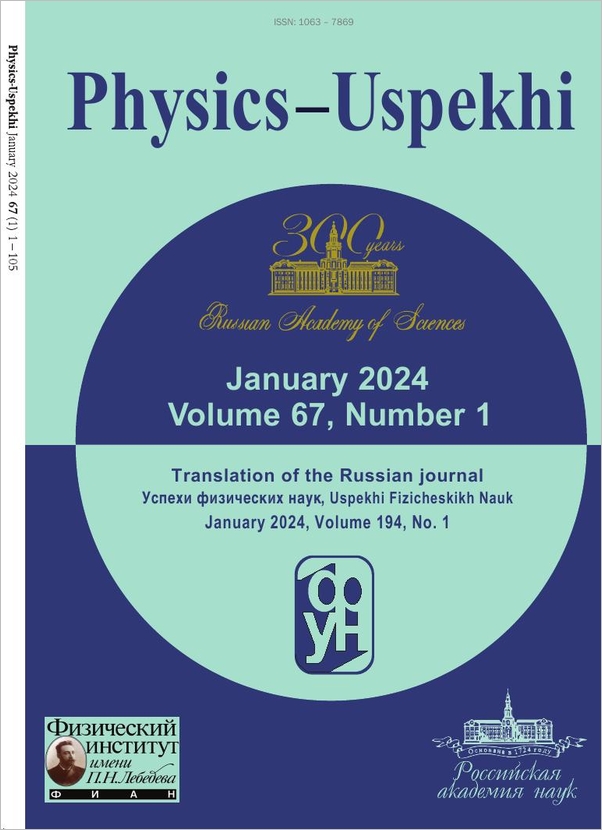|
This article is cited in 66 scientific papers (total in 66 papers)
REVIEWS OF TOPICAL PROBLEMS
Climate as a problem of physics
A. S. Monin, Yu. A. Shishkov
P. P. Shirshov Institute of Oceanology, Russian Academy of Sciences
Abstract:
The logical fundamentals of the theory of climate are outlined: (1) the climate system OLA (ocean – land – atmosphere) is defined; (2) analogously to the theory of turbulence, the notion of climate is defined as a multicomponent random function in the OLA space-time (or, equivalently, as a statistical ensemble of states the OLA system passes through in a period of several decades); (3) the solar climate, i.e. the distribution of solar radiation at the upper atmosphere boundary, is determined, to be employed as the boundary condition for the OLA system; (4) the 'horizontal' heat and mass transfer processes between the equatorial and polar zones are described; (5) the 'vertical' processes of radiative – convective heat and mass transfer, among them the greenhouse effect of water vapor and small gas admixtures, are discussed; (6) the 'vertical' radiative heat transfer processes in an aerosol-containing atmosphere is considered, including the anti-greenhouse effect of volcanic and smoke aerosols, and the 'nuclear night' and 'nuclear winter' scenarios.
Received: October 11, 1999
Citation:
A. S. Monin, Yu. A. Shishkov, “Climate as a problem of physics”, UFN, 170:4 (2000), 419–445; Phys. Usp., 43:4 (2000), 381–406
Linking options:
https://www.mathnet.ru/eng/ufn1745 https://www.mathnet.ru/eng/ufn/v170/i4/p419
|


| Statistics & downloads: |
| Abstract page: | 680 | | Full-text PDF : | 215 | | References: | 67 | | First page: | 1 |
|





 Contact us:
Contact us: Terms of Use
Terms of Use
 Registration to the website
Registration to the website Logotypes
Logotypes









